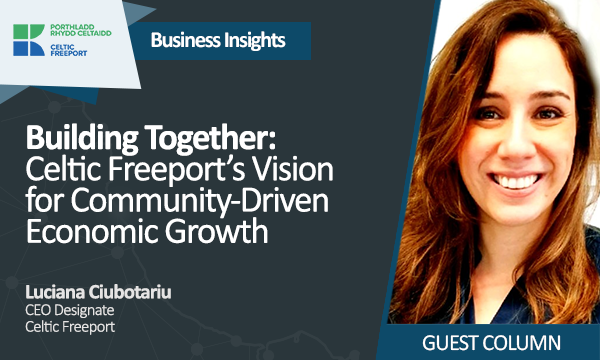
Written by:
Victoria Winckler
Director
The Bevan Foundation
______________________________________________________________________________________________________________________________
I doubt there are many people reading this article who did not spend some time stuck in traffic last week, whether in Wrexham, Cardiff, Swansea, or Newport.
According to new research by the Centre for Cities think tank, Cardiff ranks amongst the worst in the UK for its traffic jams and delays. Congestion is not just a personal frustration – there is a high economic, social and environmental cost to those queues of cars, vans and lorries.
Economically, congestion is estimated to cost each driver around £540 a year. Multiply that figure by the number of drivers in Cardiff, and millions of pounds are being spent on fuel and maintenance – money that could be spent on other goods and services. Congestion is also known to damage productivity, as workers arrive late, tired and frustrated by their commute – congestion could well be a factor in the relatively low productivity of Cardiff’s city centre. And while this isn’t mentioned in the research, congestion must surely put people off travelling to Cardiff whether for work or leisure.
Socially, congestion is widely recognised to affect the health of people caught up in it, with close links with stress, raised blood pressure and insomnia. It also affects residents in congested areas, increasing the risk of accidents, while traffic noise can affect sleep and vehicle emissions cause breathing disorders. Put bluntly, congestion increases the risk of ill-health and death for drivers and residents alike.
Congestion also has a big environmental impact. It increases fuel consumption, and hence contributes to higher carbon emissions; it causes air pollution, particularly through the release of particulates; and it harms bio-diversity, by polluting habitats and isolating green spaces.
That Cardiff has very high levels of congestion is much more than an inconvenience for commuters – it is causing lasting harm to the city as a whole.
Interestingly, the underlying causes of traffic queues in Cardiff are different to other cities in Wales, the UK and Europe. The researchers note three key factors in the capital. First, Cardiff’s main centres of employment are dispersed: yes, the city centre is important for jobs but so too is Cardiff Bay and the area around the University Hospital. While the city centre is relatively well served by public transport, the latter two are not, usually requiring two buses to get there.
Second, Cardiff’s population lives in relatively low-density housing, with medium-rise living being mainly for students or holiday lets rather than residents. The position has worsened recently, with many new housing developments in Cardiff being not only low density but also some way from public transport. Think of some of the big current developments – Plas Dŵr in north west Cardiff or Sant Silian and St Edeyrn’s Village in St Mellons to name just three – all a long way from a train station.
And third, the researchers note the small footprint of the city’s bus network. The neighbourhoods within a 30-minute commute of the city centre are smaller than the Cardiff’s built-up area, leaving many places on the outskirts of the city with relatively long travel times. This contrasts with other UK cities, whose 30-minute commute zone extends well beyond their boundaries. Some of the journey times from Cardiff’s peripheral areas are jaw-dropping: according to Cardiff Bus’s app, the trip from Pentwyn or St Mellons to the city centre takes around an hour. That’s nearly as long as the journey from Merthyr Tydfil or Aberdare!
Should anything be done? In the longer term, the researchers say the answer lies in increasing the number of jobs in Cardiff city centre and encouraging greater density housing close to public transport services. The researchers also recommend a Cardiff congestion charge for travel into the city centre, and not the whole of Cardiff as proposed by Cardiff Council.
In the shorter term, providing low-frequency, targeted services to serve peripheral business parks would make sense, along with levies on workplace parking and greater subsidies for bus services. Other recommendations, such as exempting bus lanes from the 20 mph limit are less convincing.
Although outside the remit of the research, I was also struck by the potential of the findings for Cardiff’s hinterland, especially the valleys. With many places outside the capital offering a quicker commute than its suburbs, residential development close to metro stations could be highly attractive. Not only would they help to reduce congestion and all its dis-benefits, they’d help to stem the outflow of population and bring much-needed spending power into the valleys hearts.
The big message of this research is powerful. Congestion is damaging Wales’s economy as well as health of its people and the environment. Investing in public transport, coupled with changed planning and transport policies, are a win-win. And while each city needs to find its own solutions, find them they must.













